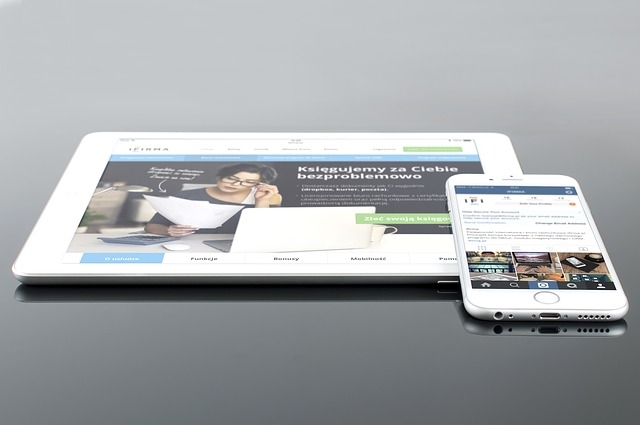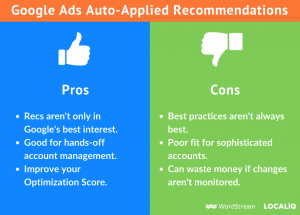— July 31, 2017

FirmBee / Pixabay
Picture this, you’re driving down the road and all of a sudden you start seeing brake lights going off in front of you; you notice another and another until you come to a complete stop. From a distance, you see the flashing red and blue lights ahead and you notice everyone is slowing down to see what is going on.
Just like in this situations, you can use signals on your website to help visitors take better, more guided actions. When designing your website, be sure to keep some of the following key principles in mind, so you don’t find yourself in a traffic accident!
Leave a Buffer
Just like keeping a safe distance when driving, it’s important you have enough white space on your site so it doesn’t look cluttered to the reader. Having too much going on could cause your users to feel lost, or that they’re stuck in traffic with some place to be. A page that feels overwhelming to visitors may ultimately distract and confuse them, making them choose another site over yours.
Creating Signs that Stand Out
On the roadside, people use signs to grab attention and convey information. In the same respect, you can design your website so that it stands out and incites action! For example, using the right images can be particularly powerful, as they have the ability to cause action, change moods, and create feelings!
To engage with your consumer’s mood, try to come up with a color scheme or contrasts between elements that your company is trying to portray. You wouldn’t want to paint your car a hot pink and then take off in a high speed chase, would you?
Remove Roadblocks
Don’t you hate road construction? I know I do. It’s that infuriating moment when you’re driving and your lane ends right ahead of you, it’s a frustrating experience! When creating a website, make sure that is it easy to navigate. Spend time navigating your own website to learn about and remove roadblocks that would stop your visitors.
Going from page to page should be a painless process that will keep visitors coming back for more. A few ways to help readers move with ease through your site include directional arrows, icons, and user-friendly buttons. In the end, use your own best judgment, is it something you would enjoy using?
Check Your Speed
Finally, speed is another major factor that can be closely correlated with successful website design. In order to keep the traffic moving around your site, be sure to keep it running smoothly. Most website visitors have the attention span of a few seconds. It’s like getting stuck at an intersection with a red light that will not change. No matter how fast your visitor’s connection is, if your website isn’t well put together, then loading times will be significantly slower.
Remember, it’s okay to try a different road from time to time, but be sure you know what direction you’re going. Don’t just start plugging-in huge buttons and beautiful images and expect to be featured as the best website online. Everything you use, whether its colors, icons, or fonts must have a purpose.
If you’re finding that those elements aren’t serving their purpose, maybe it’s time to look into some ways to reduce your bounce rate.
Digital & Social Articles on Business 2 Community
(57)






